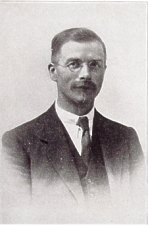
James T. Baily
[From Manual Training Magazine pp383/Vol XXII 1920-1921 - Manual Arts Press Peoria Illinois USA]
James T. Baily
Manual Training Master Central School Cheltenham, England
We have solicited this brief article from Mr. Baily, because it gives a glimpse of the inside of the largest British camp for interned civilians during the world war; second, because its author, who was the Government industrial superintendent of this camp, is a manual training director and lecturer on building trades subjects; Third, because of the good craftsmanship apparent in the objects made in this camp and fourth, because Mr. Baily is personally known to a number of our readers, he having visited the United States in 1907-8 as a member of the Mosley Commission of Teachers. He is known to others thru his books.

James T. Baily
Mr. Bailey was educated at Lincoln. From 1897 to 1911 he was the chief instructor in manual training at St. Albans in Hertfordshire, and from 1911 to 1915 he was doing similar work and training teachers at Kent. He has taught in the summer schools at Brighton and Yarmouth, and for several years was the secretary of the National Association of Manual Training Teachers. From 1911 to 1919 he was engaged in war work-first among the Belgian Refugees as they landed at Kent, and later with the Friends Emergency and War Victims Relief Committee, organizing in London relief goods for despatch to French, Belgian, Servian and Montenegrin refugees. Then, he became industrial adviser to the Society of Friends' work among prisoners of war until appointed by the Government to take charge of the industrial work at Knockaloe on the Isle of Man. After completing his work with the interred men he was sent over into Central Europe with the Friends' Emergency and War Victims' Relief Committee. Last fall he returned to England and began his present work at Cheltenham. -THE EDITORS.
CRAFTSMANSHIP and education work figured prominently in the detention camps for prisoners of war situated in the British
Isles during the years, 1914 to 1919.
The decision of the British Government after the outbreak of the war to intern most of the civilians of enemy alien birth
living in Great Britain resulted in the formation of several detention camps. The largest of these was situated in the Isle
of Man;* one at Douglas for 3,000 men and the other ; Knockaloe for 23,000 men. The first internments were effected towards
the end of 1914, and Knockaloe Camp was not evacuated until October 1919. For purposes of administration, Knockaloe Camp
was divided into four sub-camps, each of which was sub-divided into barbed wire compounds to hold 1,000 men. Each of these
compounds was provided with wooden huts in which the interned ate and slept, a cook house, kitchen, washing places, and
a large hall for recreation, schools, libraries and workshop purposes.
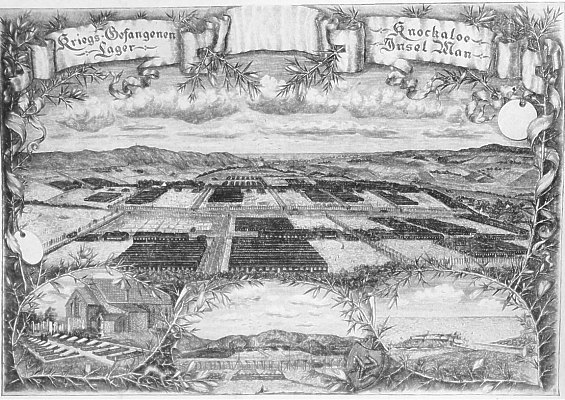
Fig 1. Steel Engraving made at Camp Knockaloe
These civilian internees were among the most unfortunate of the victims of a state of war. :A very large number of them came to England during infancy and in many cases knew no other language than English. They had generally married English-born wives and their children, born in England, became, by the law, British subjects. For the majority, internment meant almost the loss of all things-business, employment, savings, home, separation from wife and family, the latter often having a hard struggle for existence. These facts together with the confinement behind barbed wire, contributed to mental and physical strength becoming severely strained; for some the strain proved too great and they became mentally deranged and physically wrecked.
To check this pitiable condition the British Government acted favorably on the requests of certain benevolent agencies to organize activities and occupations for the interned, and so the Society of Friends, The Markel Relief Agency, and the American Y. M. C. A. started operations before the end of 1914 with the object of mitigating the deplorable conditions of the interned. Thru their united efforts the camps were soon supplied with libraries, schools, orchestras, theatres, gymnasiums, relief agency, workshops, gardens, etc.; and various committees, chosen by the internees from among themselves, were soon organizing and administering the work.
During the years 1915 to 1918 competitive exhibitions of industries and gardening were held and caused much enthusiastic interest. In each of the compounds there was at least one work-shop in which various crafts were plied; it was common to find the woodworker and the tinsmith, the tailor and the bookmaker, the watchmaker and the painter, together with others, working under the same roof. These industrial activities of the camp at Knockaloe were administered by four industrial committees, one to each of the sub-camps. The committees were constituted with a chairman, secretary, and accountant, together with the manager of each respective compound workshop; they met at least weekly to receive from the industrial superintendent orders for goods to be made, and to allocate such orders to different groups of workers; also to receive and pass on to the industrial superintendent requisitions for materials and tools, and to deliver finished articles. Many of the workers were not only among the most skilled of craftsmen but were most ingenious in improvising tools and machines necessity was never more truly the mother of invention than here - possibly some of the lathes were the most weird and wonderful coming under this heading. Printing and lithography had a very useful place in the camp industrial life, supplying the newspaper The Camp Echo, posters and programs of concerts and theatres, and the requisites for schools, libraries, etc.
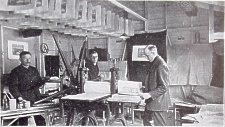
Fig 2. Press where Steel Engravings were printed
In Camp 2 some fine work was executed in steel plate engraving and printing. Fig. 1 is reproduced from a print of a steel engraving, measuring 15" x 11" which is a true picture of the camp at Knockaloe, I. O. Man.
The general view is taken from a hill on the south side of the camp which hill is shown in the lower centre inset; to the right of this is a small view of the entrance to Peel harbour and the ruins of Peel Castle and St. German's Cathedral situated on Patrick Isle two miles north of the camp.
The inset in the lefthand lower corner shows some of the 137 graves of deceased prisoners of war interned in the neighboring churchyard of Patrick. The thorny plant used as a decorative element is the golden gorse which abounds everywhere in the island, and flowers with such persistent profusion that there is a Manx saying that "When the gorse is not in bloom, kissing is out of fashion." The Manx coat of arms is represented in three legs of man and the tailless cat, peculiar to the island, is also shown. The central space in the scroll was provided for the individual purchaser to have his name inscribed thereon and the two discs on either side were to receive the man's camp number and his registration number; these discs are representations of the brass number tallies issued to each internee by which "head counts" were tallied at least once each day.
Fig. 2 is a photograph of the press where the steel engravings were printed. The views of the camp are here shown being printed. Note the impressions suspended from the roof to dry.
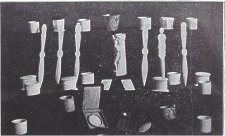
Fig. 3. Carved Bone Work
Fig. 3 shows carved bone work done by a gifted artist. Vases, paperknives, serviette rings, pin cushions, medallions, pin boxes, etc., were made from meat bones collected, boiled and bleached, and then worked with short carving chisels, gravers and files.
The center piece for a table shown in Fig. 4 is quite unusual. The lower part holds a bowl of flowers and the upper part contains an electric light for use at night. This is shown in its proper setting, Fig. 5, in the dining room of a home in Northampton.
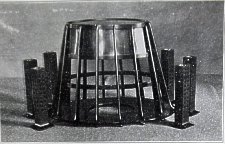 Fig 4. Table Centre Piece and Flower Vase |
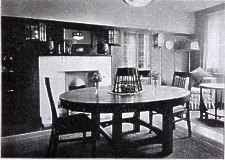 Fig 5. Centre Piece in use |
On either side of this center piece, Fig. 4, are small flower stands in polished wood. The sides of these have square perforations; a test-tube is inserted at the top to contain water and the blooms.Fig. 6 shows four walking sticks made by prisoners-of-war. Reading from the left, the top of the first stick is made of ebony and carved to represent a monkey's head gripped in a large bird claw. The white band below is of turned bone.
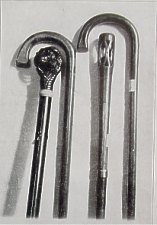 Fig 6. Walking Sticks made by Prisoners |
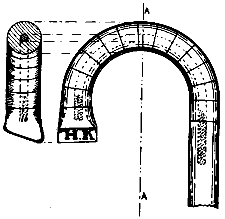 Fig 7. |
The two crooked sticks are examples of quantities made in ebony or dark walnut. The crook was built up of small segments threaded onto an iron core, one end of which was screwed into the stick, Fig. 7. The segment pieces were usually alternately walnut and mahogany or walnut and ebony, and the purchaser's initials were inlaid in the end of the crook. The third stick, Fig. 4, was usually made of either walnut or mahogany, the top being ingeniously perforated so that one or more of the ball shaped pieces remained in the cavity.
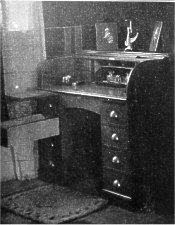 Fig 8. Deskand Desk Furniture |
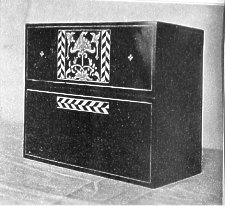 Fig 9.Rosewood Stationery Case |
 Fig 10. |
The roll top desk shown in Fig 8. was of fumed and polished oak. The letter balance on the top of the desk was partly made from "bully" beef tins, and painted vith aluminum paint. The inkstand, bull-dog paper weight, pictures and frames and the coir door mat were all made in the camp.
The stationery case, Fig. 9, was made of polished rosewood and decorated with an inlay pattern and linings cut from bone. The rectangular form is cut thru obliquely, thereby forming a lid, Fig. 10, and the two parts hinged together.
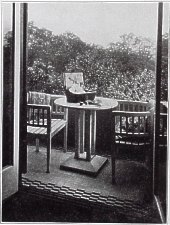
Fig 11. Table and Chairs
Fig. 11 shows a table and two chairs for garden and veranda made of beech and enameled white.
*The Isle of Man (Manxland) is situated almost in the middle of the Irish Sea to the west of the North of England and having Scotland to the north and Ireland to the West. The Isle is about 30 miles long by 11 miles across and is a favourite holiday resort during the summer months. It was the scene of most of the story "Peveril of the Peak" -by Sir Walter Scott, and is the home of Sir Hall Caine
|
|
||
|
|
||
| Any comments, errors or omissions gratefully received The
Editor © F.Coakley , 2019 |
||